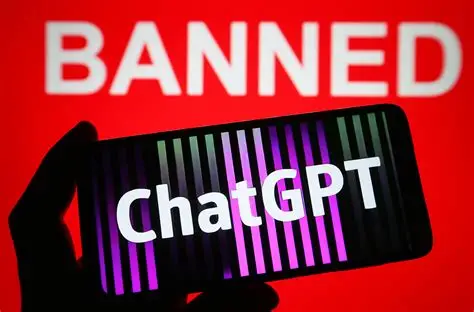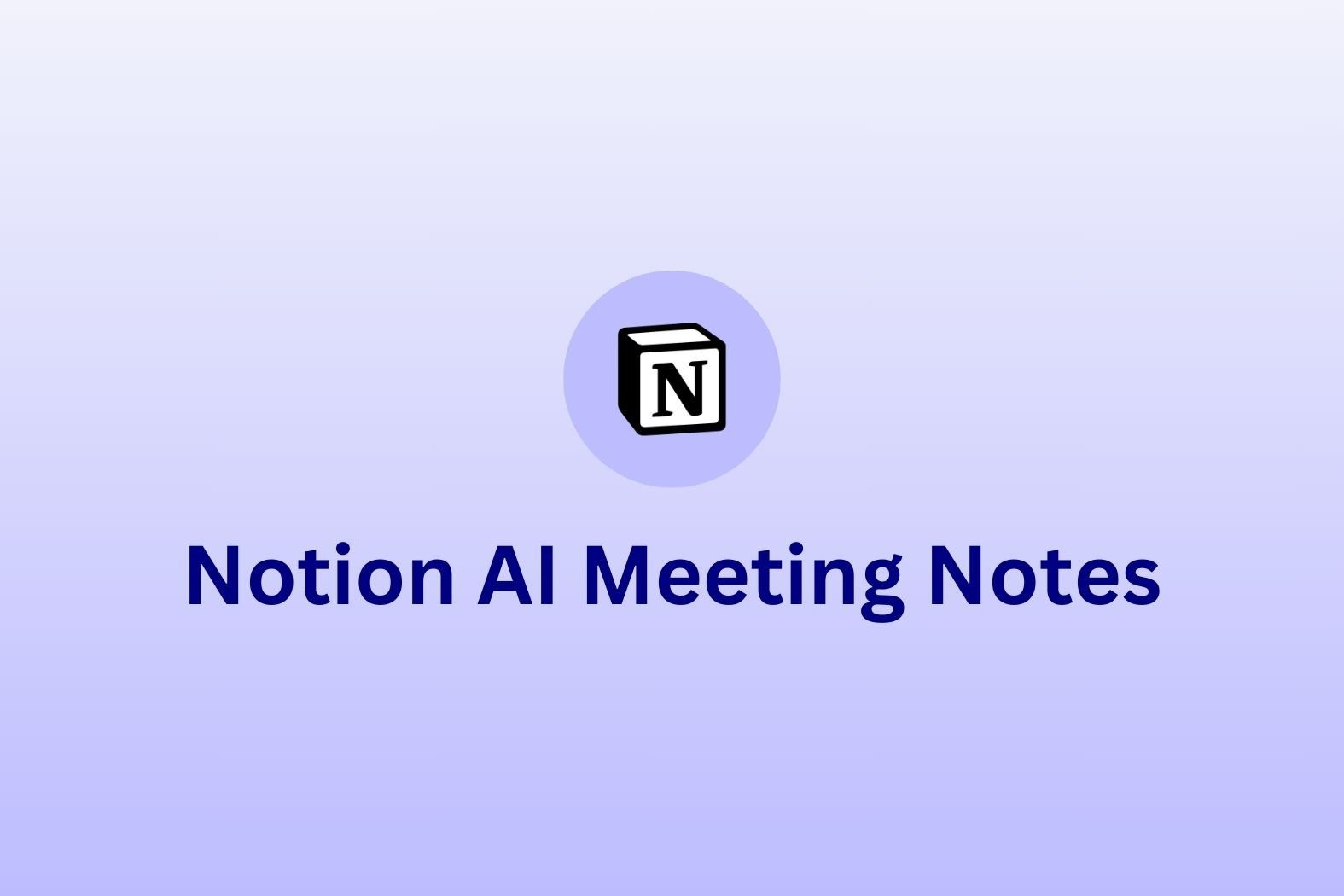In today’s hybrid and remote work environment, meetings are no longer confined to conference rooms. With the rise of AI-powered transcription tools, video conferencing platforms, and automated meeting assistants, organizations are recording, transcribing, and storing discussions at an unprecedented scale.
In fact, 78% of global companies are already using AI in some capacity, and over 90% plan to increase their investment within the next three years. This rapid adoption makes meeting transcripts both more valuable and more vulnerable than ever.
These transcripts can serve as invaluable resources for knowledge management, collaboration, and operational efficiency, but they also carry significant legal implications.
For legal leaders, general counsel, and compliance officers, understanding the nuances of meeting transcripts is critical. Every discussion captured, whether brainstorming new products, outlining strategic plans, or sharing client-sensitive information, can contain intellectual property (IP), trade secrets, or other proprietary data. Mismanagement of these transcripts could expose organizations to IP disputes, regulatory penalties, or unintentional disclosure of confidential information.
This article is designed to equip legal professionals with the insights needed to navigate these challenges effectively. We’ll explore the legal considerations, risks, and best practices around meeting transcripts, ensuring that your organization can leverage these tools safely while protecting its most valuable intellectual assets.
Key Legal Considerations
First things first, it’s important to know just how much AI is now a part of the mainstream. According to McKinsey research, 94% of employees and 99% of C-suite leaders are familiar with AI tools. They’re not niche any longer. Practically everyone is using them.
When it comes to meeting transcripts, legal leaders have a lot more on their plate than deciding who gets to mute themselves first. Each and every transcript has the possibility of capturing ideas, strategies, and intellectual property. With that comes some serious questions:
Ownership of Meeting Content
Who actually owns what’s said in a meeting? Is it the employee who had the brilliant idea mid-standup? The company paying for their salary (and Zoom subscription)? Or the AI transcription tool that turned it into text faster than anyone could take notes? Clear policies are essential to avoid turning your next brainstorm into a courtroom drama.
IP Protection
Meeting transcripts can be a goldmine of patentable ideas, trade secrets, and proprietary strategies. Leaving them unsecured or unmanaged is like leaving the vault door wide open with a neon sign that says, “Come steal our ideas!” Legal teams need to think proactively about how these digital records are classified, stored, and shared.
Confidentiality & NDAs
Just because your AI assistant can record everything doesn’t mean it should. Transcripts often contain sensitive information that must be handled according to internal confidentiality rules and NDAs. Accidental leaks are a compliance headache waiting to happen.
Regulatory Compliance
Depending on where you operate (or where meeting participants are located), you may need to comply with GDPR, CCPA, and other privacy laws. That means informed consent, secure storage, and sometimes even deleting transcripts after a set period. Legal teams can’t just hope that no one will notice. Regulators notice. And they’re not shy about issuing fines.
Jurisdictional Issues
Hybrid work has its perks, but it also means meetings may include participants from multiple countries. Different jurisdictions have different rules on data privacy, IP ownership, and record-keeping, so a one-size-fits-all approach rarely works. Legal leaders need a playbook that accounts for the global patchwork of laws. Without this, they risk a “lost in translation” situation with serious consequences.
Risks and Red Flags of Meeting Transcripts
Did you know that 85% of companies rate security and compliance as the top priority when looking for an AI transcription tool? And rightly so. Keeping data secure and making sure everything is legal and compliant is essential. Here’s what legal leaders need to watch out for:
Unauthorized Distribution or Access
A transcript is only as secure as the people (or systems) who can read it. Forwarding a transcript to the wrong Slack channel or leaving it in a shared drive can turn confidential strategy into company-wide gossip, and potentially land your organization in legal hot water.
Automatic AI Transcription Services
Some AI transcription tools actively use your transcripts to train their models. That means your next brilliant product idea could end up in someone else’s AI dataset. Always read the fine print: not all AI services treat your intellectual property like crown jewels.
tl;dv, for instance, highlights the fact that your meeting transcripts are never used to train AI models. Some competitors, like Granola and Notta, make the opposite claims, charging you Enterprise tier to opt out.
Cloud Storage Without Adequate Encryption
Saving transcripts in the cloud is convenient, but if those systems aren’t properly encrypted and access-controlled, you’re basically leaving your meeting notes on a digital park bench. Hackers love that. Legal teams need to ensure that both in-transit and at-rest encryption standards are met. This is one of the many reasons why Google and Microsoft’s versions of AI meeting assistants are behind the curve for many.
Remember: 82% of data breaches involve data that was stored in the cloud. Educating your employees on access controls is absolutely critical.
Legal Implications in Litigation or Disputes
Transcripts can become evidence. If your company ends up in litigation, every casual comment, half-baked idea, or sarcastic “great plan” could be pulled out of context. It’s not just about what was said, but who can see it, when, and under what rules. Being proactive now saves a lot of reactive panic later.

What Are the Best Practices for Legal Teams?
Navigating the legal and compliance minefield of meeting transcripts doesn’t have to be a nightmare. With the right policies and workflows, legal teams can protect intellectual property from the get-go.
Transcription Policies
Start with the basics: clearly define:
- When meetings can be recorded
- How transcripts are stored
- When they should be deleted.
Think of it as a playbook for digital hygiene. Everyone from your interns to your C-suite should know the rules, because a “just record it for reference” culture is how confidential ideas leak.
Vendor Management
Not all AI transcription services are created equal. Legal teams should vet vendors carefully, checking:
- Where transcripts are stored
- Whether the vendor uses data for model training
- Encryption standards and access controls
- Compliance with GDPR, CCPA, or other applicable regulations
Remember: convenience is nice, but giving your IP away in the fine print is not.
Internal Workflows
Define who can access transcripts, who approves sharing, and how versions are managed. Clear access controls and approval workflows prevent accidental leaks, duplicate versions, and that panicked “wait, who sent this to the client?” moment.
Marking Sensitive Content
Not all transcripts are created equal. Encourage teams to flag IP-heavy discussions or sensitive segments. Whether it’s a patentable idea or a confidential strategy, tagging sensitive sections ensures the right level of protection and can save your legal team hours of digging later.
By establishing these practices, legal leaders keep their teams protected, organized, and ready for when the stakes are high.
Strategic Opportunities for Legal Teams to Take Advantage Of
Meeting transcripts can be a strategic asset if legal teams know how to leverage them effectively. Here are some of the different ways they can be useful.
Innovation Tracking & Legal Risk Audits
Transcripts provide a verifiable record of ideas, discussions, and decisions. Legal teams can use them to track innovation over time, monitor compliance with internal policies, and identify potential IP risks before they become disputes. Think of it as a proactive, searchable “innovation map” rather than a reactive legal scramble.
Supporting IP Filings & Internal Documentation
A well-managed transcript can strengthen patent applications, copyright claims, and internal IP documentation. By clearly timestamping ideas and discussions, legal teams can establish a credible chain of development, helping protect the company’s inventions and creative work.
Influencing Policies & Balancing Productivity
Legal leaders are uniquely positioned to shape how meetings are recorded, shared, and stored, ensuring that teams remain productive without compromising IP. By collaborating with IT, HR, and business leaders, legal teams can craft policies that are both practical and protective. This allows your organization to benefit from AI transcription and remote collaboration without sacrificing the keys to the kingdom.
In short, when transcripts are treated as more than just a byproduct of meetings, they become tools to drive innovation, protect IP, and guide strategic decisions across the organization.
Real World Examples of AI Tools Wreaking Havoc on Legal Teams
Sometimes, the lessons are clearest when we look at what’s happened in the real world. Meeting transcripts, while powerful, have caused both headaches and wins for organizations.
Leak of Sensitive Code via AI-Enabled Tools: Samsung’s Proactive Ban

Global electronics giant, Samsung Electronics, took action in 2023 after a security mishap involving AI-based tools. According to Bloomberg, Samsung banned the use of ChatGPT and other AI-powered chatbots among its employees. This stemmed from fears that proprietary code and internal discussions might inadvertently be exposed or stored, and possibly used by the AI vendor for model training, if employees pasted sensitive code or information into such tools.
While this wasn’t directly from the result of a transcript, it’s the same ballpark. If they don’t trust employees with ChatGPT, they’re not going to trust employees with transcribing sensitive information either.
AI Transcription and Enterprise Risk: The Hidden DSAR Liability
The rise of AI transcription tools has triggered caution among legal practitioners. An article from early 2025 argues that the rapid adoption of AI-based transcription tools may create hazards, especially around compliance processes like Data Subject Access Requests (DSARs). The unvetted ingestion and transformation of internal discussions could expose sensitive data unknowingly.
This is a fundamental breach of GDPR. While I couldn’t find any specific examples of such a breach in the headlines, it seems that everyone is in agreement that the tech is there for these to start crawling out the woodwork in the near future.
Attorney-Client Privilege at Risk: Legal Advisory Warnings
In December 2024, the law firm Perkins Coie issued a warning about the use of AI transcription tools in privileged legal settings. Their concern: if attorney-client communications are transcribed by third-party AI services, privilege may be waived. Once transcripts are stored or accessible outside the privileged circle, confidentiality can be lost. Errors in transcription only make things messier during litigation.
This example highlights that the risks aren’t just theoretical. In regulated sectors like law, finance, and healthcare, where confidentiality is non-negotiable, even a well-intentioned transcript can become a liability if it undermines privileged communication. For legal leaders, it’s a reminder that compliance is about safeguarding the very foundations of trust in regulated industries, as well as protecting trade secrets.
Practical Checklist for Meeting Transcripts
To turn meeting transcripts from potential liabilities into strategic assets, legal teams need a clear, step-by-step framework. Here’s a practical checklist to follow:
1. Evaluate Transcription Tools
Review vendor terms for IP ownership and data usage.
Confirm encryption standards and secure storage practices.
Check for cross-border compliance capabilities (GDPR, CCPA, etc.).
Ask: Does the tool retain transcripts indefinitely, or can you set automatic deletion?
2. Set Internal Policies
Define which meetings should be recorded and transcribed.
Create clear rules for access, sharing, and approvals.
Establish a retention schedule for deletion or archiving.
Flag IP-heavy discussions or sensitive content for extra protection.
3. Protect Intellectual Property
Clearly assign ownership of meeting content: employees vs company vs third-party tools.
Use transcripts to support patent filings, trade secret protection, and documentation of innovation.
Train teams to avoid discussing highly sensitive ideas in open calls unless necessary.
4. Monitor & Audit
Regularly review who has access to transcripts.
Audit compliance with internal policies and vendor obligations.
Check for unauthorized AI usage or inadvertent sharing.
Quick Red Flags to Watch
Keep your eyes peeled to catch these red flags before they evolve into something more nefarious.
AI transcription vendors that may use your data to train models. (Avoid them at all costs)
Ambiguous IP ownership clauses in internal policies or vendor contracts. (Get it cleared up ASAP)
Storing transcripts in unsecured cloud systems. (No, no, and more no)
Cross-border compliance issues that could trigger GDPR or CCPA violations. (Make sure you stay compliant)
Lack of a clear approval workflow for sharing or using transcripts. (Define clear rules, explain them to everyone, and stick to them)
By following this checklist, legal teams can reduce risk, safeguard IP, and make transcripts a true strategic asset, all without turning every meeting into a legal review session.
To make things even clearer, here’s a table of Dos and Don’ts for you to scan over.
| DO ✅ | DON’T ❌ |
|---|---|
| Establish clear transcription policies – when to record, who can access, retention rules | Record everything indiscriminately – capturing irrelevant or sensitive meetings without rules |
| Vet AI transcription tools carefully – check IP clauses, encryption, cross-border compliance | Use third-party tools blindly – risking IP exposure or inadvertent AI training |
| Flag sensitive or IP-heavy content for extra protection | Mix confidential and public content freely – increases leak risk |
| Define ownership of meeting content – employees vs company vs vendor | Leave IP ownership ambiguous – opens legal disputes later |
| Control access & implement approval workflows | Store transcripts in unsecured cloud systems – invites hackers or internal leaks |
| Regularly audit compliance & usage – ensure policies are followed | Assume no one will misuse transcripts – complacency leads to exposure |
| Use transcripts to support IP filings & legal documentation | Treat transcripts as disposable notes – lose strategic and legal value |
Protecting IP: What Legal Teams Must Remember
Meeting transcripts and notes provide great skimmable recaps of your conversations. But they’re also so much more. They’re critical records that capture ideas, strategies, and intellectual property. For legal leaders, the responsibility is clear: set policies, protect IP, and ensure compliance.
By proactively managing how transcripts are created, stored, accessed, and shared, legal teams can:
Prevent costly IP leaks.
Avoid regulatory or cross-border compliance breaches.
Turn meeting records into strategic assets for innovation tracking and legal documentation.
In short, thoughtful governance of transcripts gives your business a direct competitive advantage. Legal leaders who act now can safeguard their organization’s ideas, reduce risk, and support a culture of innovation, all without having to micromanage every Zoom call.
Remember: a transcript in the wrong hands is a liability. A transcript managed the right way is a strategic goldmine.
FAQ About Meeting Transcripts and IP Ownership
Who owns the content of a meeting transcript?
Ownership usually rests with the company, not the employee or the transcription vendor. But ambiguous policies or vendor terms can complicate this. Always clarify in contracts and internal policies who retains rights over recorded and transcribed content.
Can meeting transcripts be used as legal evidence?
Yes. Transcripts can be introduced in litigation or regulatory disputes. That’s why managing access, storage, and accuracy is critical. An offhand remark in a transcript could be taken out of context if not properly governed.
Are AI transcription vendors allowed to use my transcripts for training?
It depends on the vendor. Some tools, like tl;dv, commit to never using customer data for AI training. Others, such as Notta and Granola, require an enterprise plan to opt out. Always review vendor terms carefully before approval.
How do privacy regulations (like GDPR and CCPA) affect meeting transcripts?
Transcripts often contain personal data, so they’re subject to strict rules around consent, retention, deletion, and cross-border transfer. Failing to comply can lead to heavy fines. Legal teams should treat transcripts as regulated data assets.
What’s the biggest risk with cloud-based storage of transcripts?
The main risks are unauthorized access and data breaches. Studies show that 82% of breaches involve cloud-stored data, making encryption, access controls, and vendor due diligence non-negotiable.
How can transcripts actually support IP protection?
When managed correctly, transcripts create a verifiable trail of innovation. Timestamped records of meetings can strengthen patent filings, copyright claims, and trade secret protection by documenting who came up with what, and when.
Should every meeting be transcribed?
No. Over-recording creates unnecessary liability. Organizations should define clear policies on when transcription is allowed (e.g., product development, compliance-sensitive meetings) and when it’s better to keep discussions off the record.





